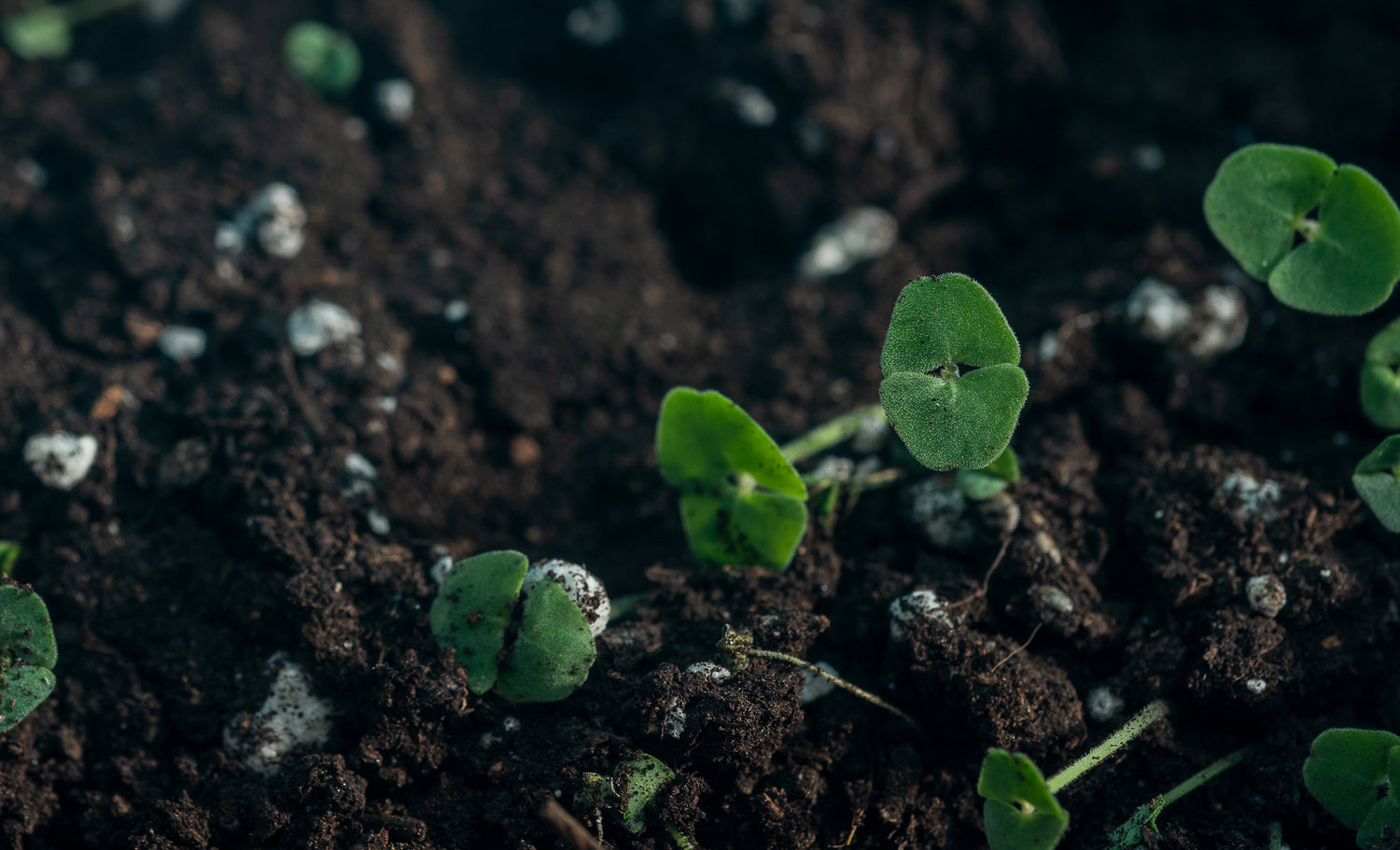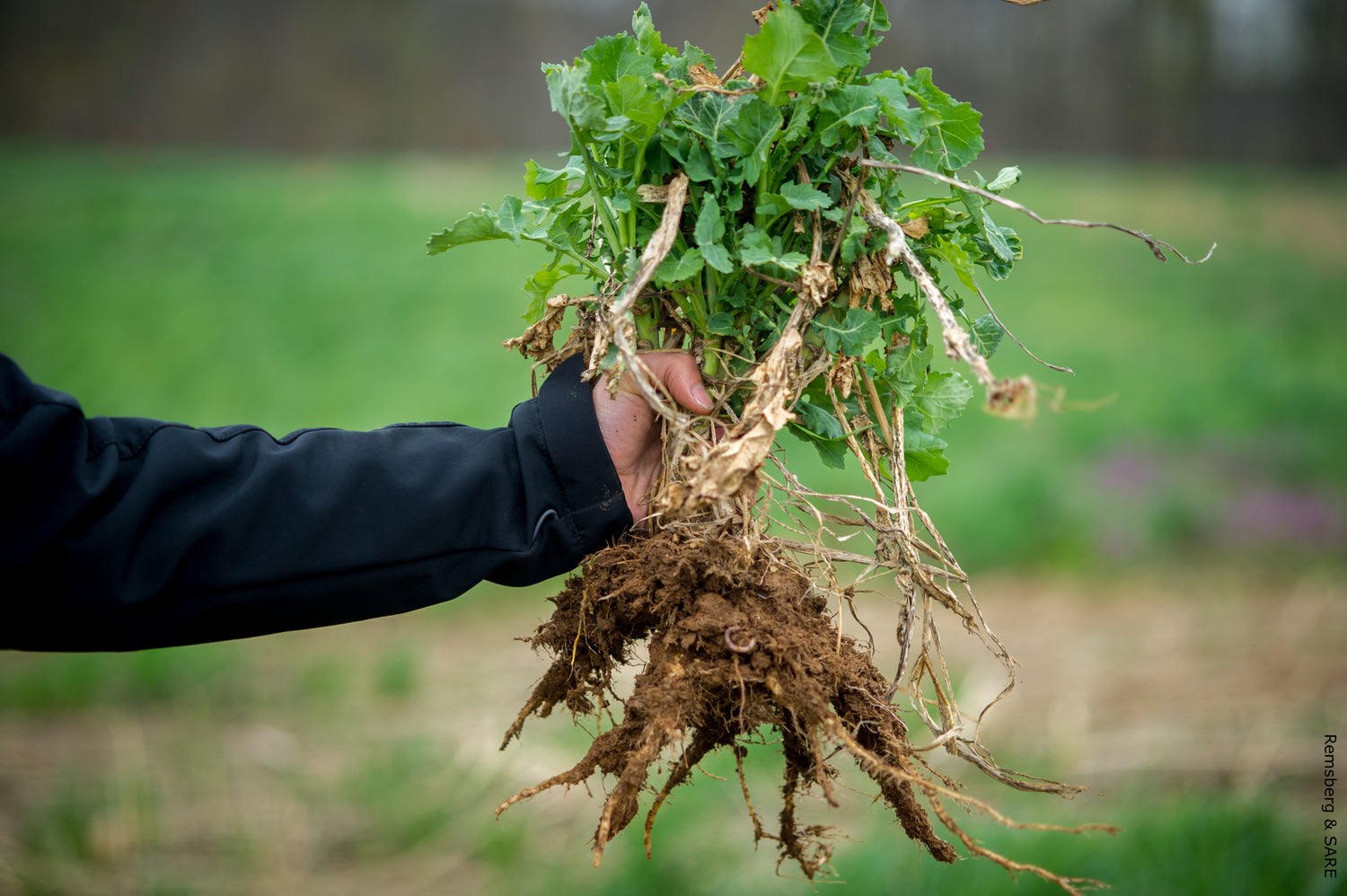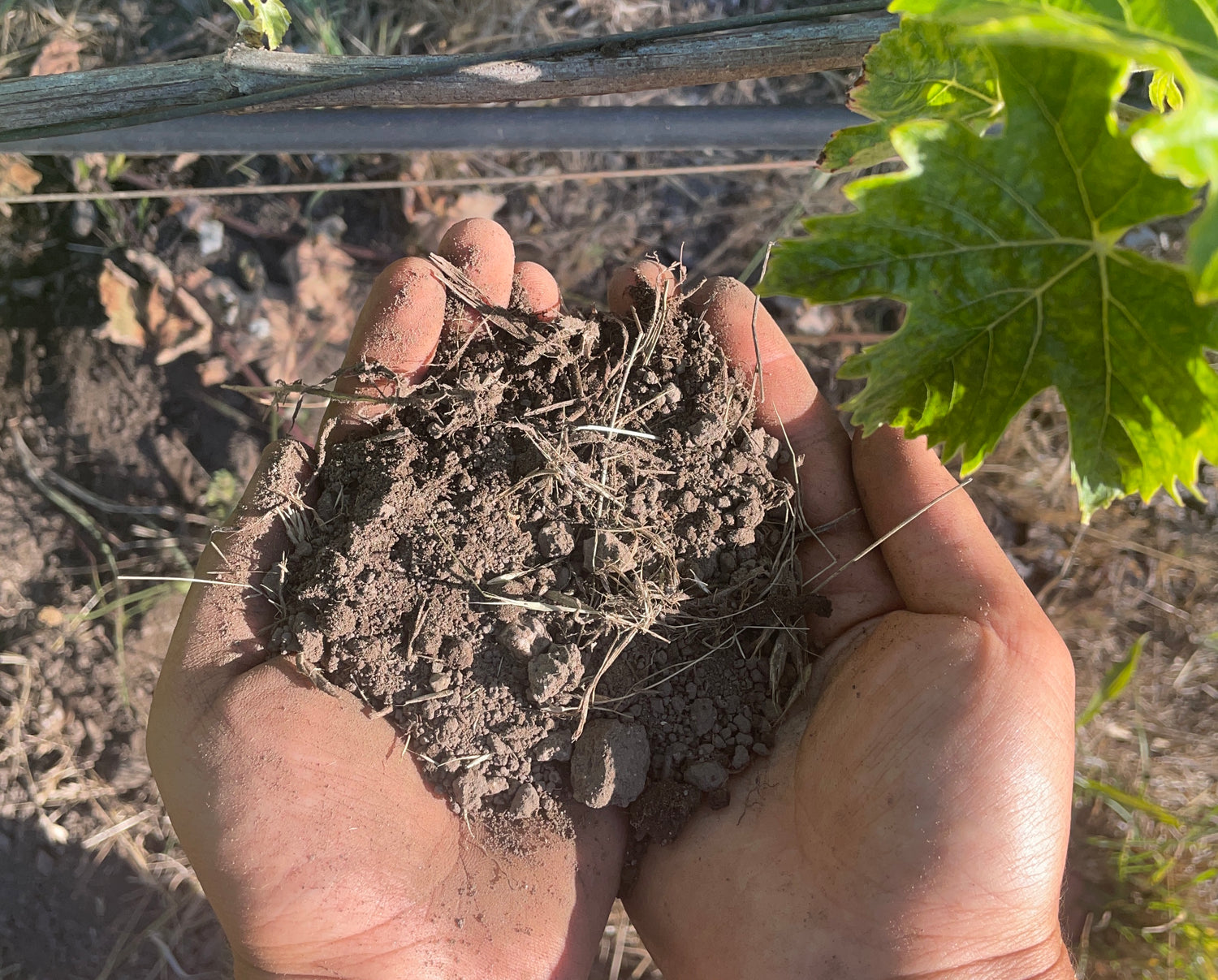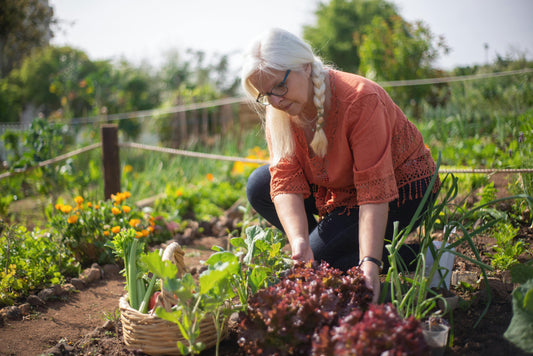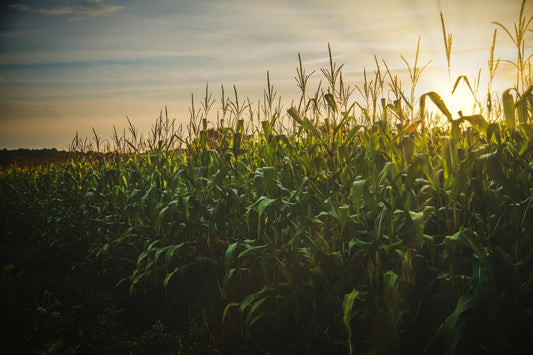Heavy Metals Soil Testing: Ultimate Guide to Safe Soil in U.S. Cities
Soil is the foundation of vibrant gardens, productive farms, and thriving urban green spaces, but heavy metals can compromise its quality, affecting plants and ecosystems. Whether you're gardening, farming, or managing land, heavy metals soil testing ensures your soil supports healthy growth. This guide explores what heavy metals are, why testing is essential, contamination risks in urban areas, and how to interpret and address test results. With increasing soil contamination concerns in urban environments, soil testing for heavy metals empowers you to cultivate safe, sustainable landscapes.
What Are Heavy Metals in Soil?
Heavy metals are dense, naturally occurring elements, including lead (Pb), arsenic (As), cadmium (Cd), mercury (Hg), chromium (Cr), copper (Cu), nickel (Ni), selenium (Se), and zinc (Zn). While trace amounts of some metals like copper or zinc are essential for plant growth, excessive levels can harm crops, stunt plants, or degrade soil quality. Heavy metals enter soil through:
- Industrial Activities: Factories and smelters can release metals into soil via emissions and waste.
- Lead-Based Paints: Pre-1978 homes may contribute lead to nearby soils.
- Agricultural Practices: Historical use of certain pesticides has left residues in many soils.
- Urban Runoff: Vehicle exhaust and stormwater can deposit metals like zinc and copper.
- Mining and Wildfires: These activities can release mercury and other metals that may accumulate in topsoil.
These contaminants can persist for decades, often concentrating in the top layer of soil, especially in urban areas. Various studies have documented elevated levels of metals in urban garden soils across the country, potentially affecting plant growth and health.
Why Test Soil for Heavy Metals?
Soil testing for heavy metals is critical to ensure soil supports healthy plants and ecosystems, particularly in areas with industrial histories. Here's why testing is essential:
- Plant and Crop Health: Elevated metal levels can affect plant growth or reduce vegetable yields. Root crops can absorb certain metals, potentially affecting quality.
- Environmental Protection: Contaminated runoff from soils can impact waterways and harm aquatic ecosystems.
- Regulatory Compliance: Many agricultural operations or development projects must ensure soil meets applicable standards.
- Property Management: Testing confirms soil suitability for gardening or development, potentially avoiding costly remediation.
- Ecosystem Resilience: Healthy soil supports pollinators and biodiversity, critical for urban green spaces.
Untested soil risks poor crop performance or environmental degradation. Multiple research studies have documented impacts of heavy metals on plant growth in urban gardens across the country, highlighting the importance of testing.
Impacts of Heavy Metals on Plants and Ecosystems
Heavy metals can significantly affect plant growth and environmental health, especially in urban centers. Here's how key metals can impact vegetation and ecosystems:
- Lead (Pb): Can reduce photosynthesis, causing yellowing leaves and stunted roots. Often found near older homes with historical lead paint use.
- Arsenic (As): May inhibit root development and nutrient uptake, reducing yields in vegetables. Can be found in areas with certain historical agricultural practices.
- Cadmium (Cd): Can accumulate in leafy greens, potentially stunting growth and affecting crop quality. Often associated with industrial sites.
- Mercury (Hg): May disrupt plant metabolism, leading to poor germination and weak stems. Associated with certain industrial processes and fossil fuel use.
- Chromium (Cr): Can reduce seed viability and soil microbial activity, potentially weakening ecosystems. Often found near certain types of manufacturing sites.
In urban and community gardens, heavy metals can influence the success of green spaces. Regular soil contamination testing helps ensure plants thrive and ecosystems remain balanced.
Common Metal Contaminants in Major U.S. Cities
Different cities face varying soil contamination challenges based on their industrial history, urban development patterns, and natural geology. Here's what research and environmental assessments have documented about major U.S. cities:
- New York City: Lead is a primary concern, particularly in older neighborhoods with historical industrial activity and aging housing stock. Studies by the NYC Urban Soils Institute have consistently found lead to be the most common metal contaminant in urban gardens.
- Los Angeles: Arsenic and lead have been documented in various neighborhoods, with zinc and copper from vehicle emissions concentrated near major highways. The Los Angeles County Department of Public Health has noted higher lead levels in older, industrial sections of the city.
- Chicago: Lead and zinc are common in Chicago's urban soils due to its industrial history, particularly in areas with historical manufacturing. The city's legacy of steel production has contributed to chromium presence in certain neighborhoods.
- Houston: Studies by the USGS and local universities have found lead, arsenic, and mercury in specific areas, often related to the city's petrochemical industry and historical use of lead-based products.
- Philadelphia: As one of America's oldest industrial cities, Philadelphia soils commonly contain lead, particularly in areas with homes built before 1978. The Pennsylvania Horticultural Society has documented this pattern through community garden testing programs.
- Detroit: The city's automotive manufacturing history has contributed to lead, zinc, and cadmium in soils, particularly in areas near former industrial sites, as documented by Michigan State University research.
- San Francisco: Lead from historical paint use is common in this city of older homes. The natural geology of the Bay Area also contributes arsenic to some soils, according to studies by UC Berkeley researchers.
- Seattle: The USGS has documented arsenic and lead in certain neighborhoods, with arsenic often related to both natural geology and historical pesticide use in former orchard areas.
- Boston: Research by Northeastern University has found lead to be prevalent in this historical city, particularly in areas with older housing stock and past industrial activity.
- Denver: Studies have shown that soils in and around Denver may contain lead, arsenic, and other metals related to the region's mining history and urban development patterns.
Testing remains essential in all urban areas, as contamination patterns can vary significantly even within neighborhoods. Local extension offices and environmental agencies can provide more specific information about patterns in your area.
Common Risk Factors for Heavy Metals in Soil
Soil contamination risks vary based on historical land use and industrial activity. Common risk factors include:
- Historical Industrial Sites: Areas with past manufacturing, smelting, or processing operations may have elevated metal levels.
- Older Residential Areas: Neighborhoods with homes built before 1978 may have soil affected by lead paint.
- Transportation Corridors: Areas near high-traffic roads or highways may show higher levels of certain metals.
- Former Agricultural Land: Historical pesticide and fertilizer use can leave residual metals in soil.
- Areas Near Mining Operations: Regions with current or historical mining activity may have specific metal contamination concerns.
- Urban Centers: Dense urban areas often have accumulated contamination from multiple sources over time.
- Flood-Prone Areas: Flooding can redistribute contaminants, affecting previously uncontaminated soils.
These factors highlight the importance of soil testing for heavy metals, especially before starting gardens or farms in potentially affected areas.
Interpreting Heavy Metals Test Results
Test results typically report metal concentrations in parts per million (ppm), compared to established thresholds for different land uses. Here's what to consider:
- Lead: The EPA has established 400 ppm as a threshold of concern for residential soil where children play. Different thresholds may apply for gardening purposes.
- Arsenic: Generally, lower levels are recommended for agricultural soils to prevent plant uptake.
- Cadmium: Even at relatively low levels, cadmium can affect certain plants, especially leafy greens.
- Mercury: Low thresholds typically apply due to mercury's significant environmental impacts.
Common remediation strategies include:
- Raised Beds: Using clean soil for vegetables can help avoid metal uptake in contaminated areas.
- Mulching: Covering soil with organic materials can help stabilize contaminants.
- Phytoremediation: Certain plants can help extract metals from soil over time.
- Soil Amendments: Adding organic matter or specific amendments can help bind metals, improving soil structure.
- Soil Replacement: For heavily contaminated sites, replacing soil may be necessary to ensure healthy plant growth.
Local extension services can provide region-specific remediation advice tailored to your soil's needs and specific contaminants.
Who Needs Heavy Metals Soil Testing?
Soil contamination testing benefits a wide range of users, particularly in urban and industrial areas:
- Gardeners: Urban gardeners need testing to ensure productive vegetable and herb growth.
- Farmers: Rural and urban farmers should verify soil suitability for crops and livestock grazing.
- Homeowners: Those in older neighborhoods should test to support landscaping and gardening.
- Schools and Daycares: Facilities need safe soil for playgrounds and garden projects.
- Property Developers: Testing ensures land is suitable for construction or landscaping.
- Community Organizations: Urban farming groups rely on testing for safe community gardens.
High-risk areas include urban lots, sites near older homes, former industrial zones, or regions with historical pesticide use.
Frequently Asked Questions About Heavy Metals Soil Testing
What are the most common heavy metals in urban soils?
Lead, arsenic, and cadmium are often found in urban environments. Lead frequently comes from old paint or historical gasoline use, arsenic from certain historical pesticides, and cadmium from various industrial processes.
How do heavy metals affect plant growth?
Heavy metals can disrupt photosynthesis, nutrient uptake, and root development. Different metals affect plants in various ways, often causing stunted growth, yellowing leaves, or reduced yields.
Can I grow vegetables in contaminated soil?
It depends on the specific metals present and their concentration levels. For soils with elevated lead or other harmful metals, raised beds with clean soil are often recommended for edible crops. Regular testing can help monitor levels.
How often should I test my soil for heavy metals?
In urban areas or active gardens, testing every 2-3 years is often recommended. After remediation, more frequent testing might be advisable. In rural areas with fewer contamination sources, less frequent testing may be sufficient.
What are the signs of heavy metal contamination in soil?
Contamination is often not visible, but poor plant growth, yellowing leaves, or stunted roots may suggest issues. Testing is the only reliable way to confirm contamination, as metals typically lack visible or odorous signs.
Are heavy metals more common in urban or rural soils?
Urban soils often face higher risks due to concentrated industrial activity, traffic, and lead paint from older buildings. Rural soils may have specific contamination issues related to agricultural practices or resource extraction. Both environments benefit from appropriate testing.
What remediation options exist for contaminated soil?
Options range from phytoremediation with specific plants for lower-level contamination to physical interventions like raised beds or soil replacement for more significant issues. Adding organic matter can help bind metals in many cases. The appropriate approach depends on the specific metals present and their concentrations.
How do heavy metals impact ecosystems?
Metals can reduce soil microbial activity, weakening ecosystem functions. Contaminated runoff can affect waterways, potentially harming aquatic plants and animals. Testing and remediation support biodiversity and ecosystem health.
How do heavy metals enter the food chain through plants?
Plants can absorb certain metals, particularly in leafy greens or root crops. Additionally, contaminated soil dust can settle on plants, potentially affecting harvests. Proper washing of produce and soil testing help mitigate these concerns.
Is testing different for residential vs. agricultural soils?
Residential testing often focuses on landscaping and gardening suitability, while agricultural testing prioritizes crop productivity and safety. Different thresholds may apply based on intended land use, but comprehensive metal testing is valuable in both contexts.
What historical factors contribute to soil contamination?
Lead paint (pre-1978), industrial activities, and historical pesticide use are key contributors. Leaded gasoline, used until the 1990s, left residues in many urban areas. Understanding the history of your land can help identify potential contamination sources.
Can weather affect heavy metal levels in soil?
Yes, heavy rain or flooding can redistribute metals, potentially increasing surface levels. Droughts may concentrate metals in topsoil. Testing after significant weather events can provide updated information about soil conditions.
Do heavy metals affect soil microbial activity?
Yes, various metals can reduce beneficial microbial populations, potentially impacting nutrient cycling and overall soil health. Testing and appropriate remediation can help restore microbial balance.
Can contaminated soil be used for non-edible plants?
Soils with moderate contamination may support ornamental plants, which generally absorb fewer metals than edible crops. However, testing is still recommended to confirm suitability, and mulching can help prevent dust spread in urban settings.
Why is phytoremediation effective for heavy metals?
Certain plants can absorb metals through their roots, gradually reducing soil concentrations. This approach is often cost-effective for lower-level contamination but may require multiple growing cycles to achieve desired results.
Ensure Healthy Soil for Your Plants and Ecosystem
Heavy metals soil testing is key to unlocking safe, productive soil for your gardening, farming, or landscaping projects. Testing ensures your soil supports thriving plants and sustainable ecosystems. Don't let hidden contaminants limit your land's potential. Test your soil and cultivate with confidence in any environment.







